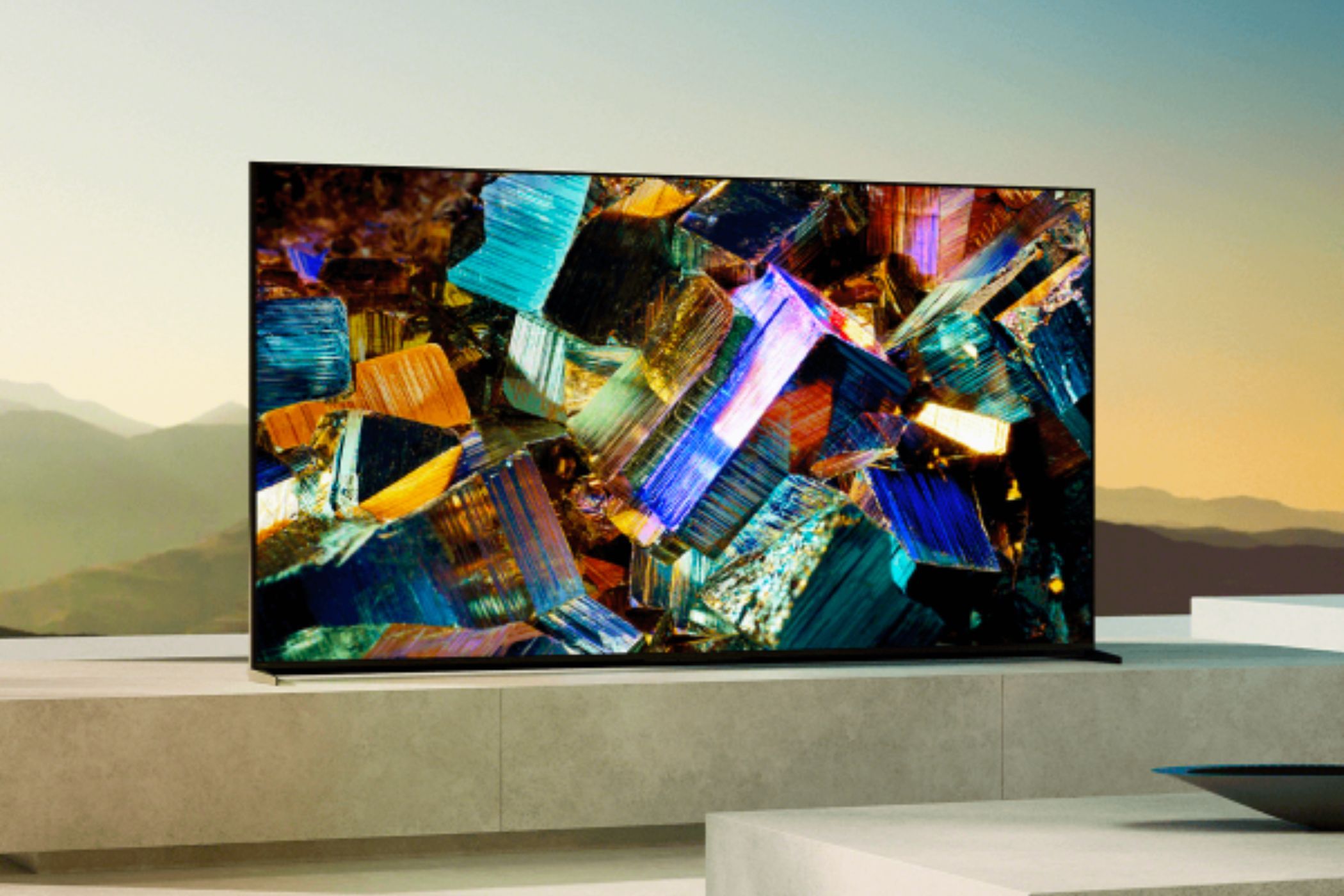
3 ways Dolby Vision is the superior HDR format for the future

If you are looking for new Smart TV or projectoryou’ll parse a lot of specifications and terminology that you may not be familiar with. Among them are HDR (High Dynamic Range) and its various standards. The two most common formats you’ll see listed are Dolby Vision and HDR10.
You may see formats with slightly different names, such as Dolby Vision IQ or HDR10+. Dolby Vision IQ offers the same basic performance as Dolby Vision but with the added use of a light sensor, while HDR10+ brings dynamic metadata to HDR10 for more granular adjustments in each frame Brightness and contrast.
Relevant
To help you decide if choosing a manufacturer that supports Dolby Vision is right for you, we’ve put together a list of reasons why we think Dolby Vision is the superior HDR format.
3
Brightness is king
Luminance, nits and tone mapping
Brightness is already the most important consideration when buying a projector or TV, especially for those of us who want to watch media in a well-lit room in broad daylight. The need for brightness is even greater if you’re using a projector or OLED display, as these two formats suffer the most image quality degradation in bright rooms.
One of the main complaints you’ll hear when watching HDR content is that the image is darker than SDR (Standard Dynamic Range). Since one of the main goals of HDR is to enhance contrast and detail in each frame, it typically darkens the entire image to properly balance highlights and shadows. Dolby Vision does a great job of solving this problem.
Hisense 110 UX is the first TV with a peak brightness of 10,000 nits. Although this is within a very small window and costs a fortune.
While HDR10 can reach a peak brightness of 1,000 nits, both HDR10+ and Dolby Vision can reach a peak brightness of 10,000 nits, ten times that of the original open source HDR10. It’s important to point out, though, that to date, only one TV has been able to achieve 10,000 nits of brightness, and even then, it doesn’t matter because the content hasn’t mastered that nit level yet.
Dolby Vision stands out with a wider range of content mastered at 4,000 nits, while most HDR10 and HDR10+ content is mastered at 1,000 nits. So while Dolby Vision and HDR10+ have the same technical capabilities in terms of brightness, the experience of Dolby Vision-specific content is often still superior. Dolby Vision also benefits from the precise implementation of dynamic metadata, allowing for more granular control over the brightness levels of different scenes.
2
The future of color
Dolby Vision is better prepared for the 12-bit future
They say you get what you pay for, and Dolby Vision certainly isn’t free. Any TV or projector manufacturer wishing to add it to their products will have to pay a licensing fee, but it’s estimated to cost less than $3 per unit. In contrast (pun intended), HDR10 and HDR10+ are royalty-free, and manufacturers don’t have to spend anything to integrate them.
In addition to superior brightness, Dolby Vision offers greater color depth than HDR10 or HDR10+. Color depth is a measure of how many colors a monitor can display, referring to the number of bits used to represent a single pixel’s color. HDR10 and HDR10+ support 10-bit color depth, while Dolby Vision supports 12-bit color.
This may not sound like a huge difference, but it means that an HDR10/10+ display can display 1.07 billion different colors, while Dolby Vision can actually display 68.7 billion different colors. Not only does this produce richer colors and greater depth, but more practically it means smoother transitions between colors, which helps avoid the “banding” effect you often see between color shades , especially in dark scenes.
Relevant
Here again, Dolby Vision challenges what is possible with modern displays while still maintaining an advantage thanks to the mastering process. There are currently no 12-bit displays on the consumer market, and competition for 12-bit TVs appears to have been hampered by resolution competition. However, most Dolby Vision content is processed in 12-bit color, which helps preserve more detail in gradients, highlights, and shadows. It once again demonstrates the superiority of dynamic metadata, as Dolby Vision adjusts content to produce a better image for a 10-bit display. Once manufacturers start releasing 12-bit displays, Dolby Vision content will immediately take the lead.
1
Versatility
Let content determine form
Creators who choose to master a TV show or movie in Dolby Vision are making an intentional artistic choice, and their goal is to make the content experience as close as possible to the original master. If you’re a movie buff or someone who values home theater-quality images, Dolby Vision support is a must-have.
While almost any HDR-capable TV or projector supports HDR10, Dolby Vision compatibility is limited to certain manufacturers. Devices that support Dolby Vision also inherently support HDR10 or HDR10+ because, as mentioned earlier, not all HDR content is mastered by Dolby Vision. When choosing a TV or projector, choosing one with Dolby Vision capability gives you more options to get the most out of your display.
Dolby Vision is the most suitable HDR format for the future
Technical jargon aside, a great movie or TV show should be as close as possible to the creator’s intent. The creator goes to great lengths when deciding how a scene will be lit, shot, and mastered, all with the final vision in mind. Dolby Vision’s support for high peak brightness, greater color depth, and frame-by-frame tone mapping make it the best HDR format for future displays, as well as the best canvas on which today’s displays can grasp content.
2025-01-06 01:00:17